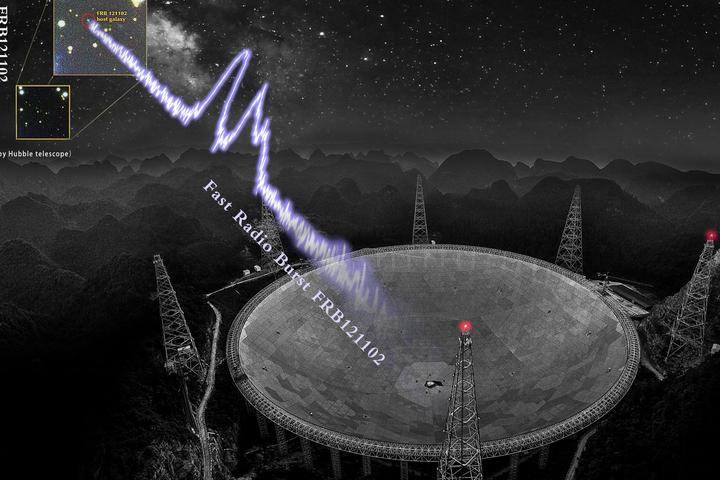University of Nevada
-
A huge new dataset could soon help unlock the mystery of fast radio bursts (FRBs). Within a few weeks, over 1,600 new signals were detected coming from one of the most well-studied sources, essentially ruling out a leading hypothesis on their origin.
-
Video-camera-equipped glasses may show you what the wearer's head is pointing at, but they certainly don't indicate what the person's gaze is actually fixed upon. A new headset is designed to do just that, however, and it could be used to advance a number of technologies.
-
How safe would you feel, going back into a multi-story building that had just been through an earthquake? A new sensor system could allay your fears, as it optically measures how much a building has swayed, and thus how damaged it may be.
-
US company Proterra has gotten the Nevada authorities onboard for trials designed specifically to explore autonomous mass transit systems, placing its long-range electric buses on the streets of Reno.
-
Recent research has suggested that the orbiting GPS network could be used to detect waves of dark matter that pass between them and the surface of the Earth by measuring any inconsistencies detected in on-board atomic clock time signals.
-
Citing opportunities both technological and regulatory, Australian drone startup Flirtey has announced plans to expand overseas. So how does a business hinged on the speculative nature of delivery drones navigate such uncharted territory? We spoke with CEO Matt Sweeney on taking Flirtey global.
-
Navatar is an experimental smartphone-based system, that allows the visually impaired to navigate within buildings.





